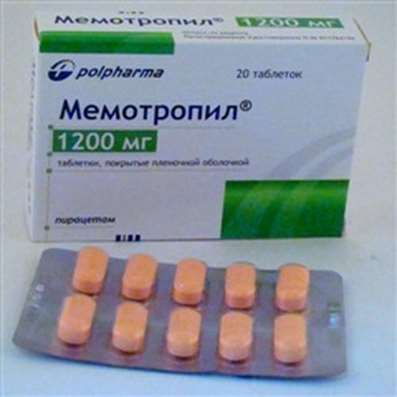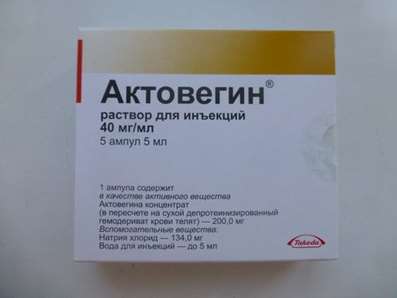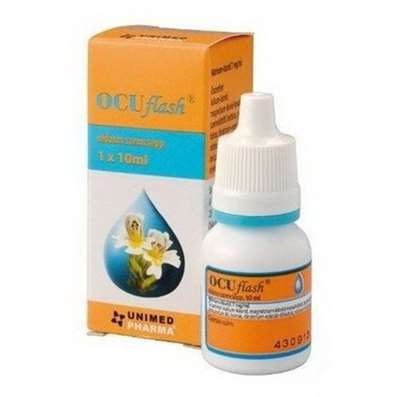Cerebral microangiopathy
08 Apr 2017
Cerebral microangiopathy is a pathological process in the wall of the capillaries, as a result of which their patency is disturbed, which leads to a reduction or cessation of the blood supply to neurons of the brain. This, in turn, leads to the replacement of healthy neurons with gliosis foci. The disease affects small vessels, causing consequences up to a lethal outcome.
Diabetic microangiopathy affects the entire body of a patient with diabetes mellitus. As the patient aggravates, cerebral manifestations become more pronounced.
Unfortunately, the disease can not be completely cured. In young and strong patients, it can be significantly slowed down, in older people it progresses much faster. It is almost impossible to completely eliminate gliosis foci in the patient's brain, but it is possible to significantly slow down the process of gliosis of tissues!
Diabetic microangiopathy develops due to increased blood glucose levels and leads to damaged capillaries, arterioles, and venules. Hypoxia and vascular spasm contribute to the development of inflammation and the appearance of edema. Diabetic microangiopathy ends with nephropathy, kidney dysfunction, proteinuria. When the vessels that feed the retina of the eyes are affected, it detaches and retinopathy develops.
Factors contributing to the development of pathology include: smoking and alcoholism, general exhaustion of the body, hypertension, old age, production hazards.
Microangiopathy of the brain is a consequence of thrombosis, necrosis, proliferation of the endothelium, hyalinosis, fibrinoid, aneurysm of capillaries, expansion of venules and other pathological processes occurring in the human body in this or that disease.
Microangiopathy of the brain (cerebral)
Cerebral microangiopathy develops with damage to the capillaries of the brain and is manifested by thickening of their walls. This is a chronic process, usually caused by a prolonged violation of the cerebral blood supply, arising against the background of atherosclerosis or hypertension.
Cerebral microangiopathy is manifested by symptoms of encephalopathy, ischemia and lacunar infarction, leading to diffuse or focal damage to brain matter. Symptomatic of microangiopathy of the brain does not appear immediately. Patients are disturbed by memory, there is an uncaused weakness, fast fatigue, dizziness and headache, poorly docked by the reception of anesthetics. As a result of discirculatory processes in the brain, capillary walls are damaged, oxidative phosphorylation processes are triggered.
Treatment
Treatment of microangiopathy of the brain is complex, including compliance with diet and the appointment of patients with the main groups of drugs:
- Antihypoxants eliminate signs of hypoxia in the brain tissue - "Emoxipine".
- Statins and fibrates correct the level of lipids in the blood - "Fluvastatin", "Lovastatin", "Fenofibrate".
- Nootropic drugs improve the trophism of the brain - Pantogam, Nootropilum, Fenibut (Phenibut).
- Hypotensive drugs are prescribed for patients with arterial hypertension - "Kapoten", "Tenorik".
- Drugs that improve microcirculation - Pentoxifylline, Xanthinol.
- Angioprotectors improve the condition of the vascular wall and reduce its pathological permeability - "Dicinon", "Complamine".
- Antioxidants - vitamin E, group B, selenium, lipoic acid.
- Disaggregants and antiaggregants - "Trombo ACC", "Cardiomagnolo", "Trental", "Curantil".
- Coenzymes normalize all kinds of metabolism in diabetes mellitus - "Cocarboxylase", "Flavinate", "Pyridoxalphosphate".
Medication Therapy
Complex treatment of cerebrovascular disease is usually performed in the neurological department. Specialists primarily eliminate risk factors: prescribe anti-sclerotic, hypotensive, hypoglycemic drugs. Only after correction of the basic metabolism pass to the direct treatment of pathology.
Specific therapy
The main groups of drugs that improve cerebral circulation
1. Calcium channel blockers improve cerebral blood flow, reduce the rate of impulses, suppress the adhesiveness of platelets and improve blood composition. Preparations based on nifedipine dilate the vessels of the brain - "Corinfar", "Cardipin", drugs from the diltiazem "Dilzem", "Cardil". Calcium channel blockers also include "Cinnarizine" and its derivatives, "Verapamil".
2. Antioxidants. A powerful antioxidant, prescribed for cerebrovascular disease, stroke and encephalopathy - "Cerebrolysin." In addition, it is often used "Cerebrokurin", "Actovegin".
3. Antihypoxants are prescribed for lesions of the brain vessels - "Ketoprofen", "Imidazole", "Mecaprin".
4. Metabolics - "Cavinton", "Sermion", "Vinpocetine", "Tanakan".
5. Direct anticoagulants - "Heparin", "Fraksiparin" and indirect - "Fenilin", "Sinkumar", "Warfarin".
6. Antiaggregant therapy - "Acetylsalicylic acid", "Kurantil."
7. Medications with hypocholesterolemic action, statins - "Lovastatin", "Lipostat", "Probuccol", "Tykveol".
8. Nootropics - "Omaron", "Pyracetam", "Pantogam", "Glycine", "Fenibut".
9. Medicines that expand the vessels of the brain - "Pentoxifylline", "Trental", "Agapurin".
10. Spasmolytics - "Papaverin", "Eufillin", "Dibazol".
We can choose the whole spectrum of drugs for treatment and maintenance of this disease. Also, it is highly recommended to consult your doctor!

 Cart
Cart





